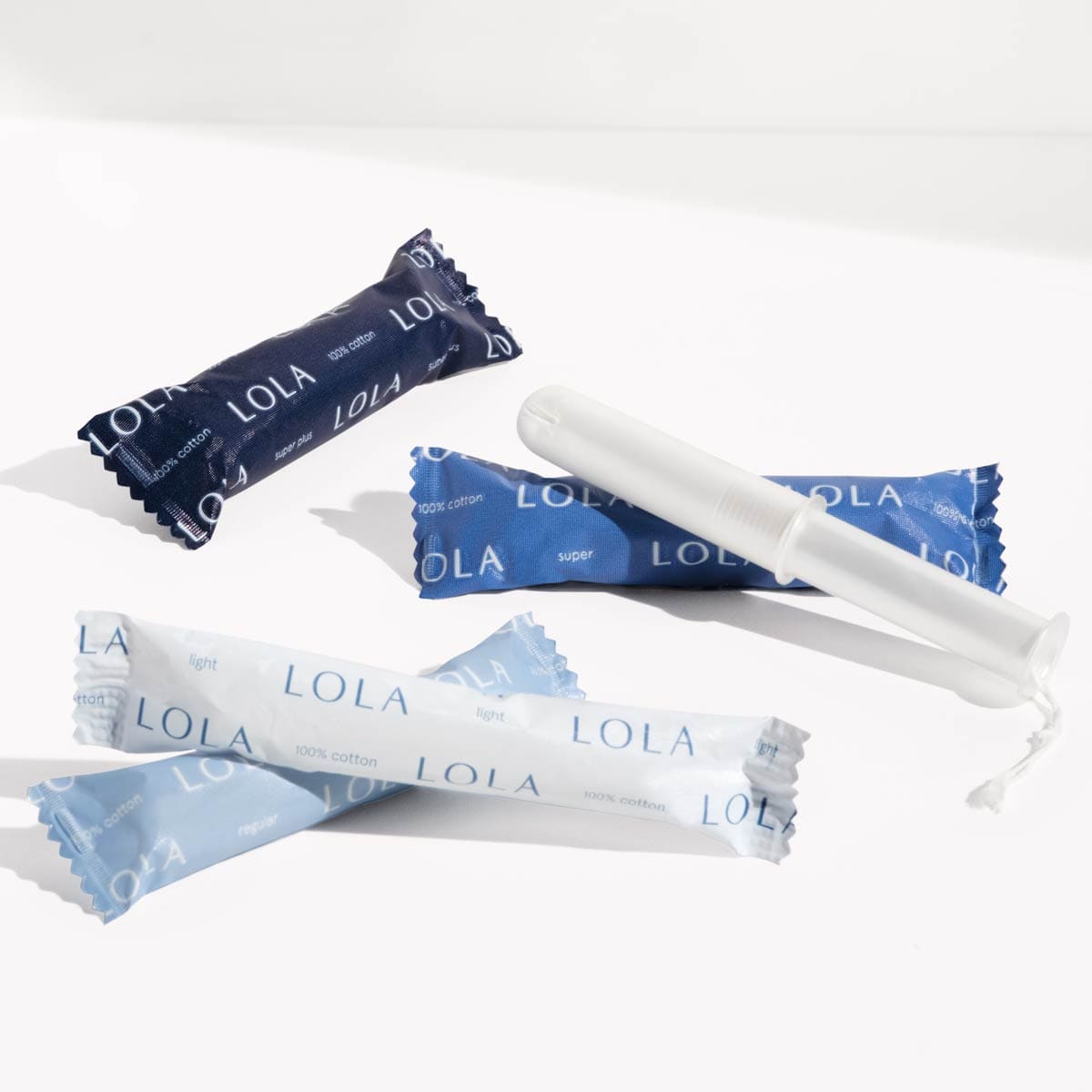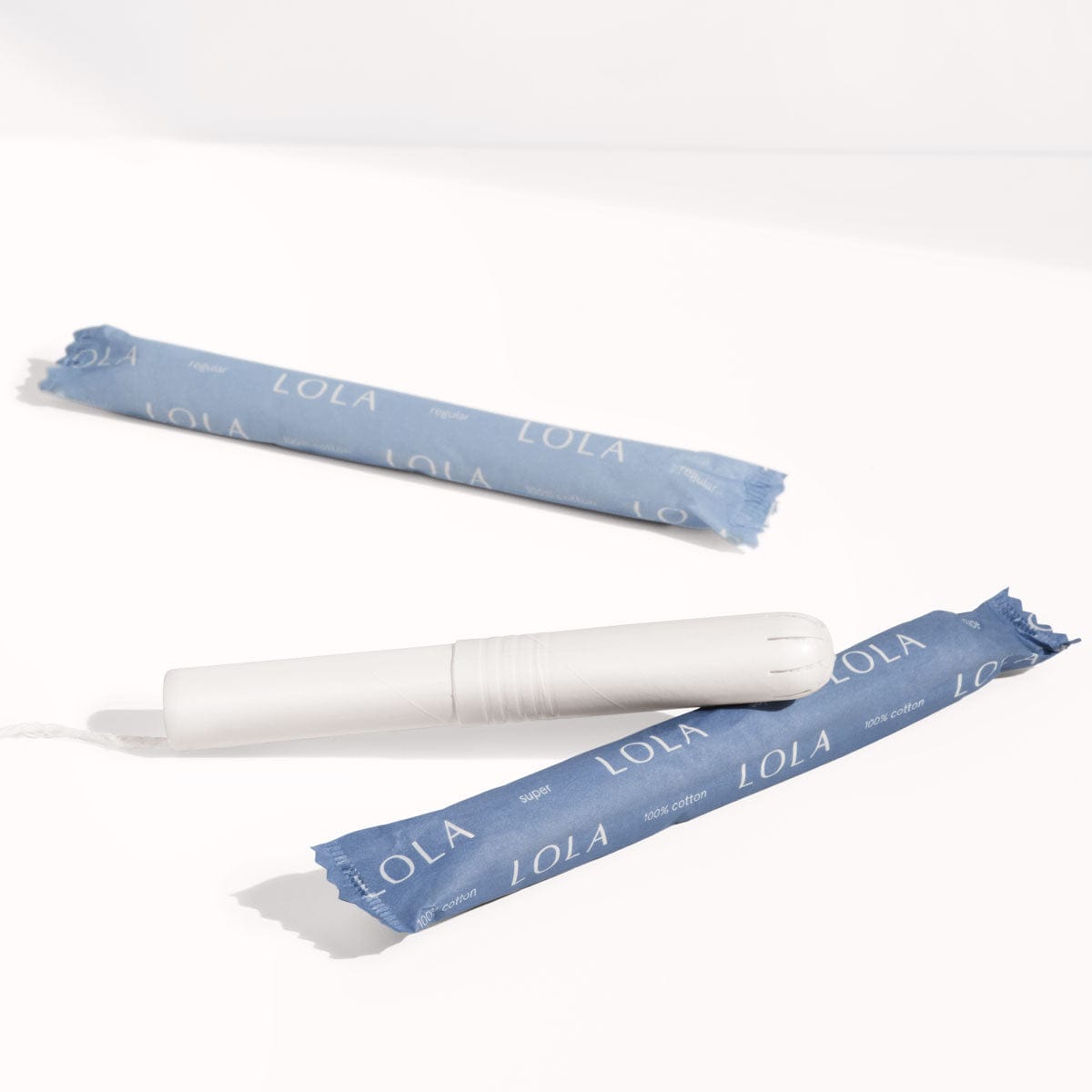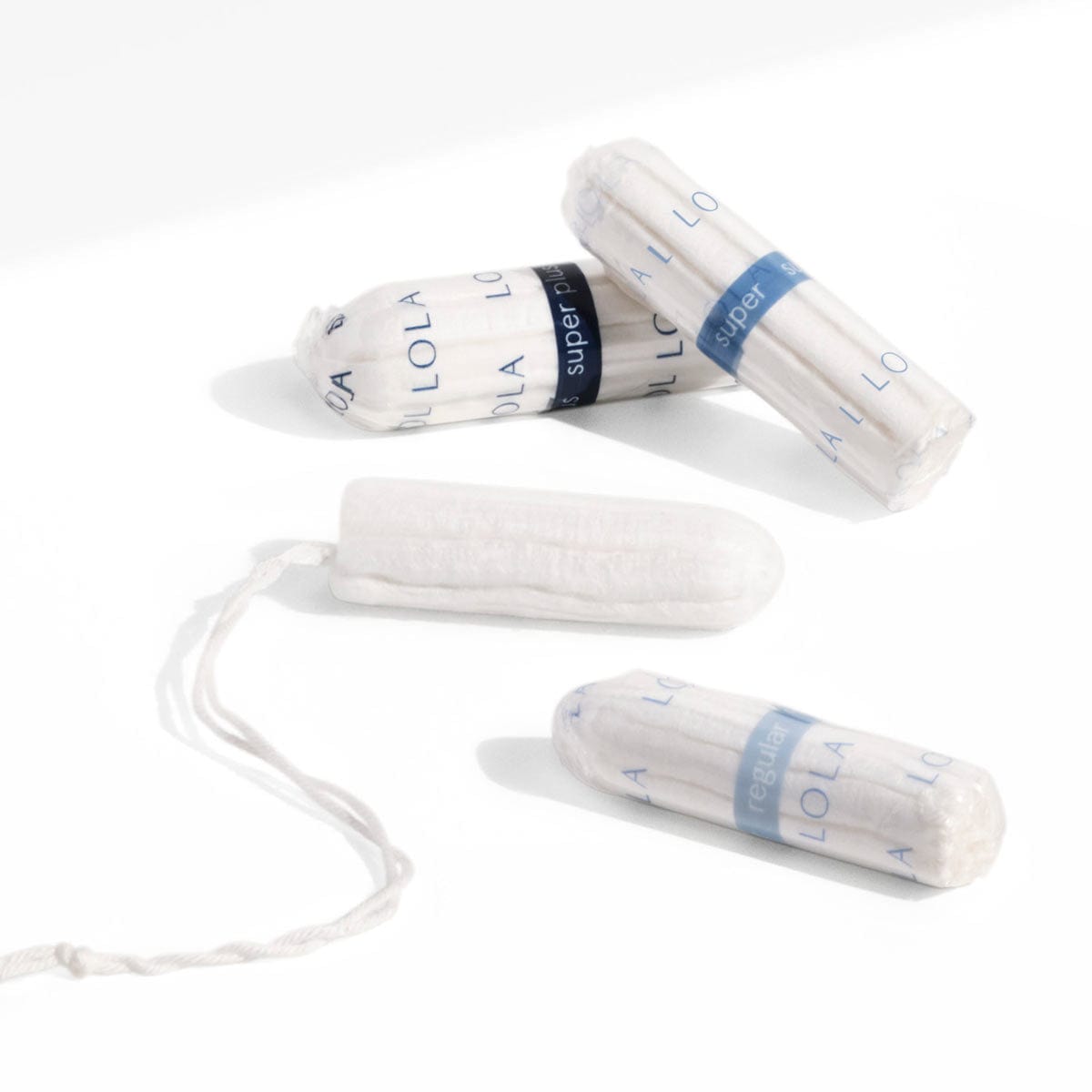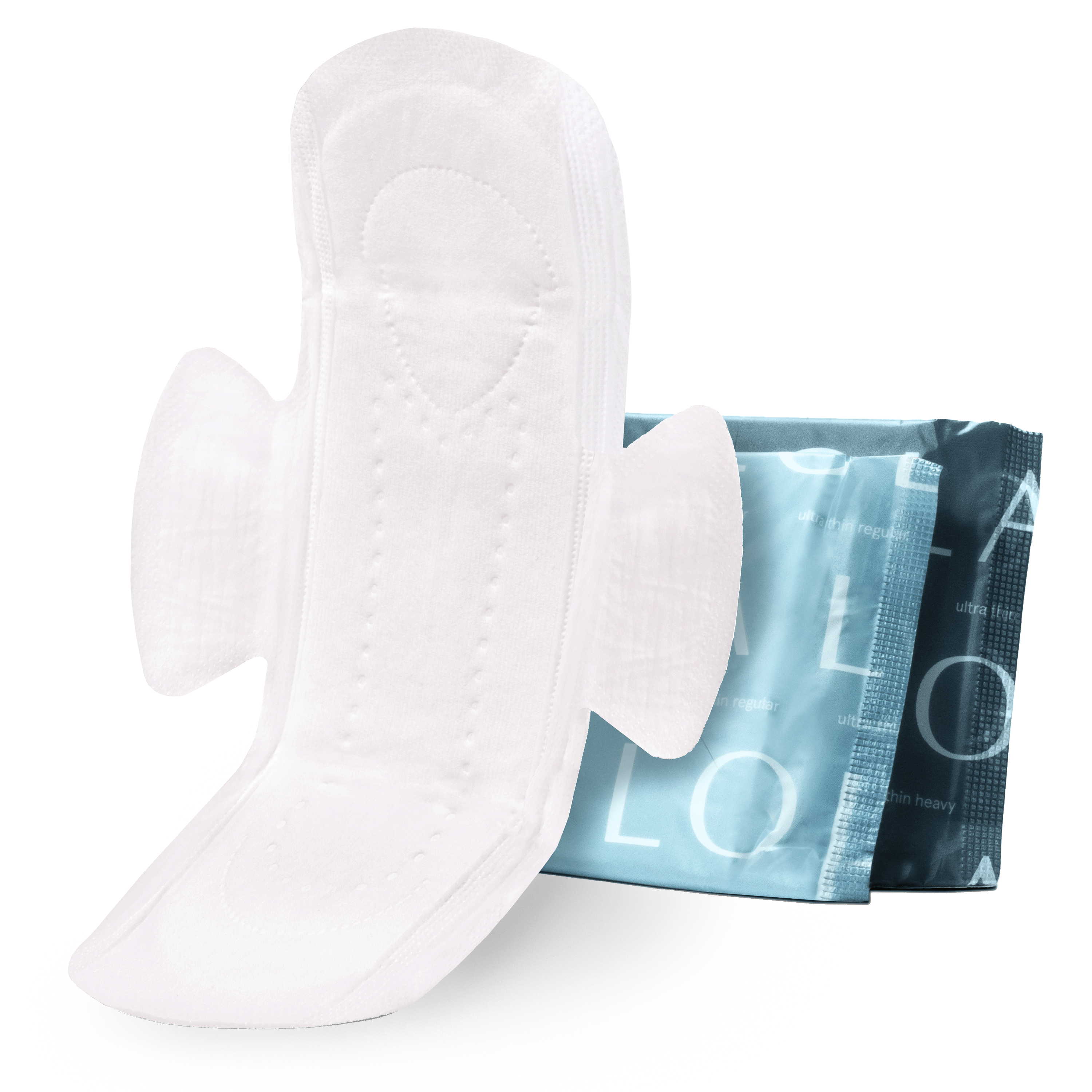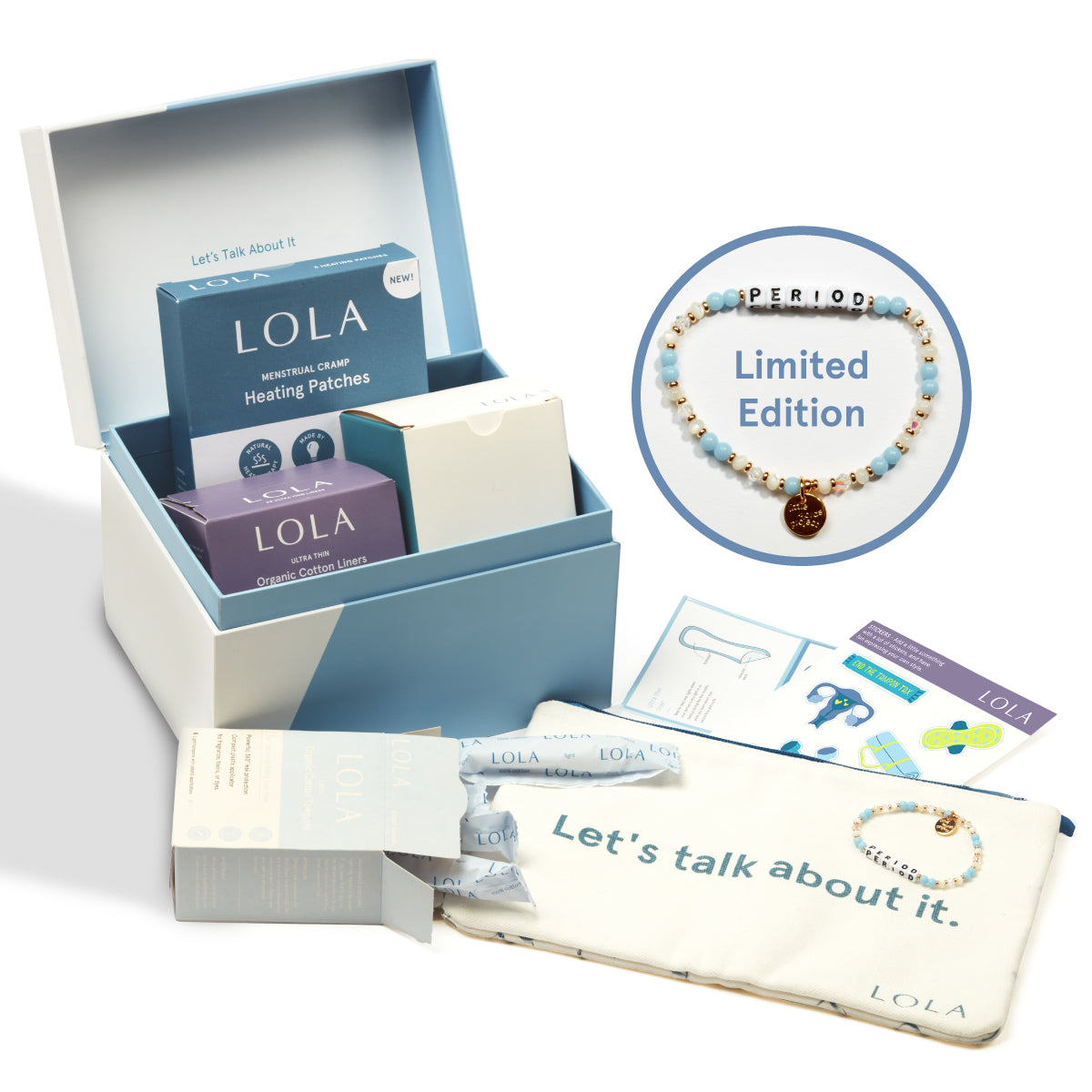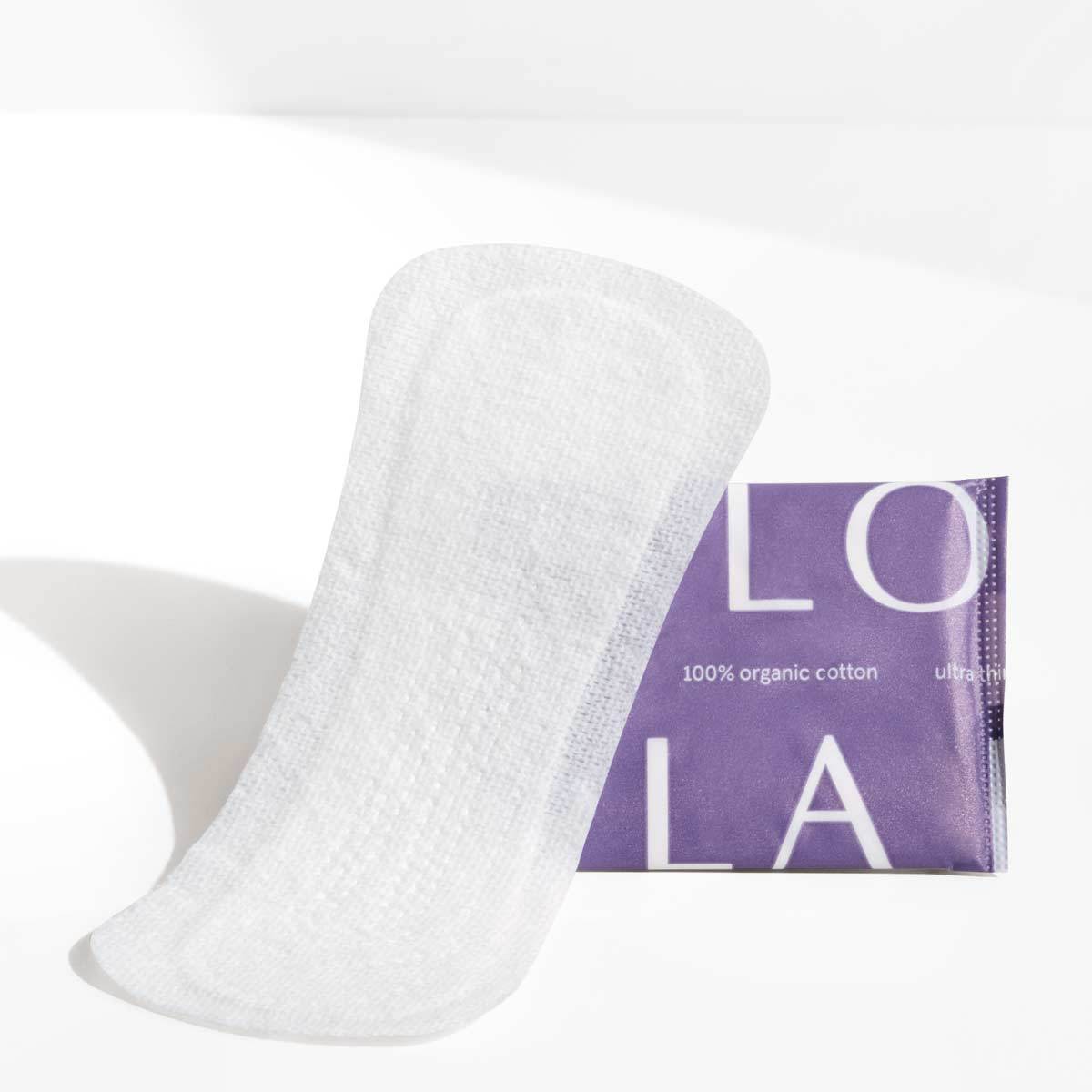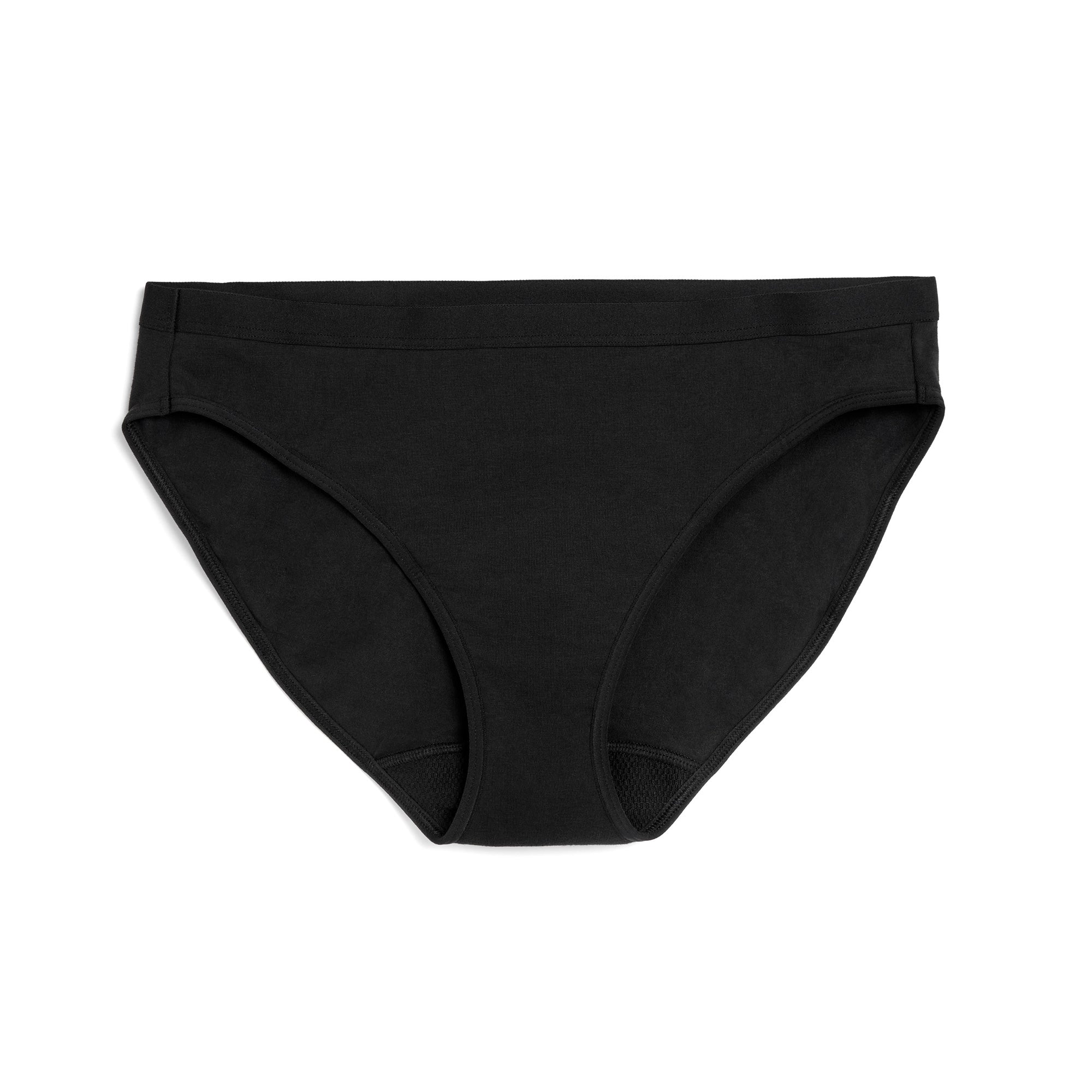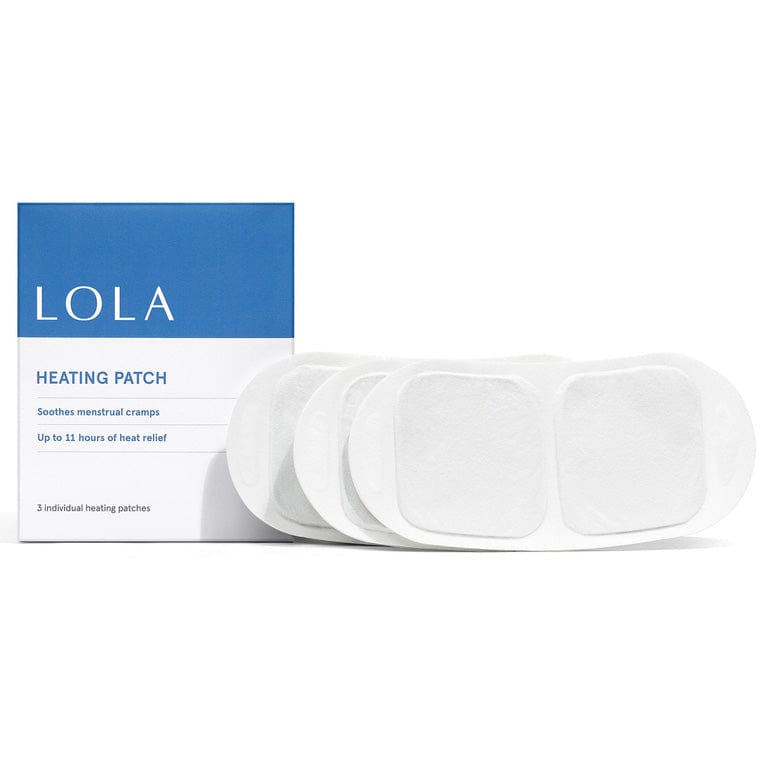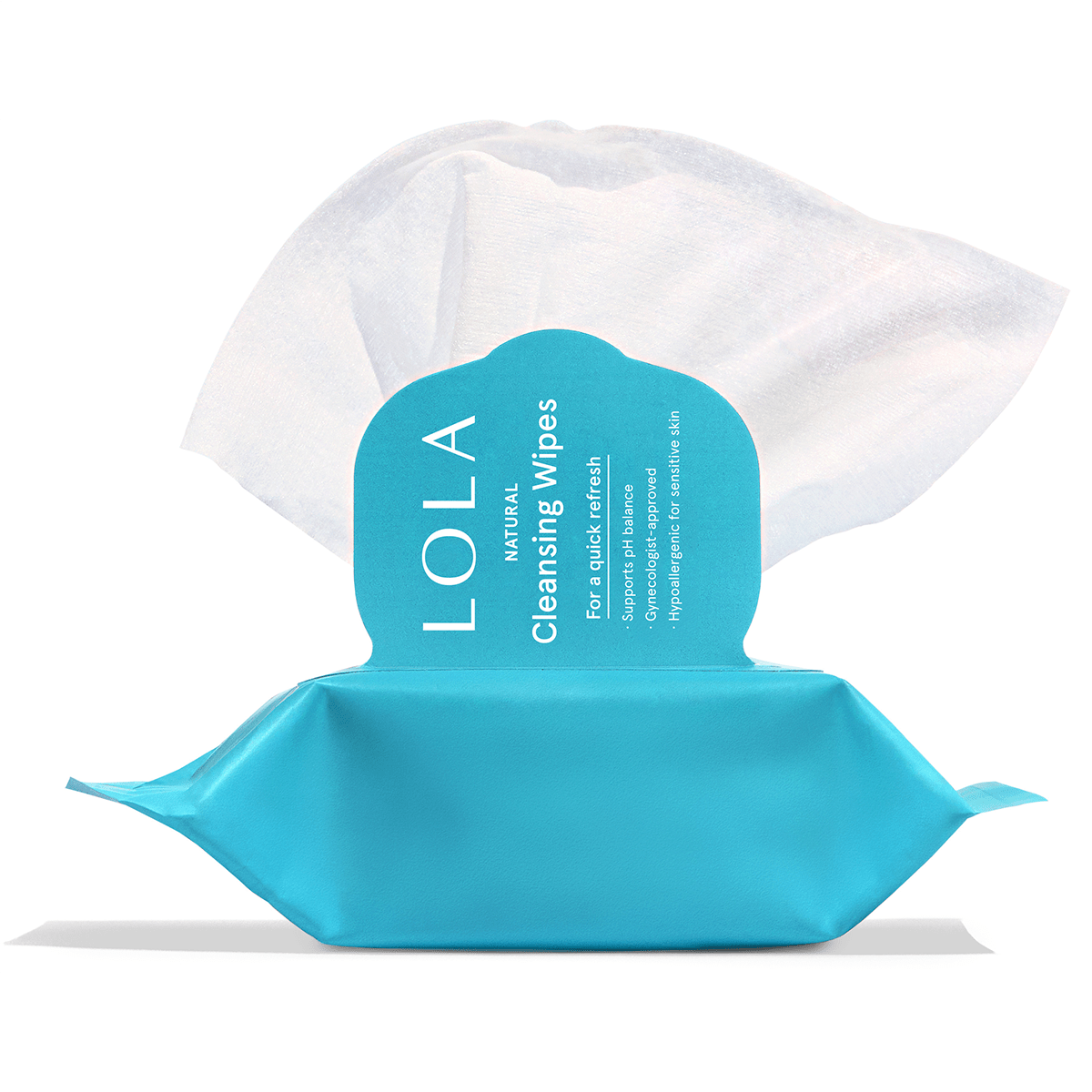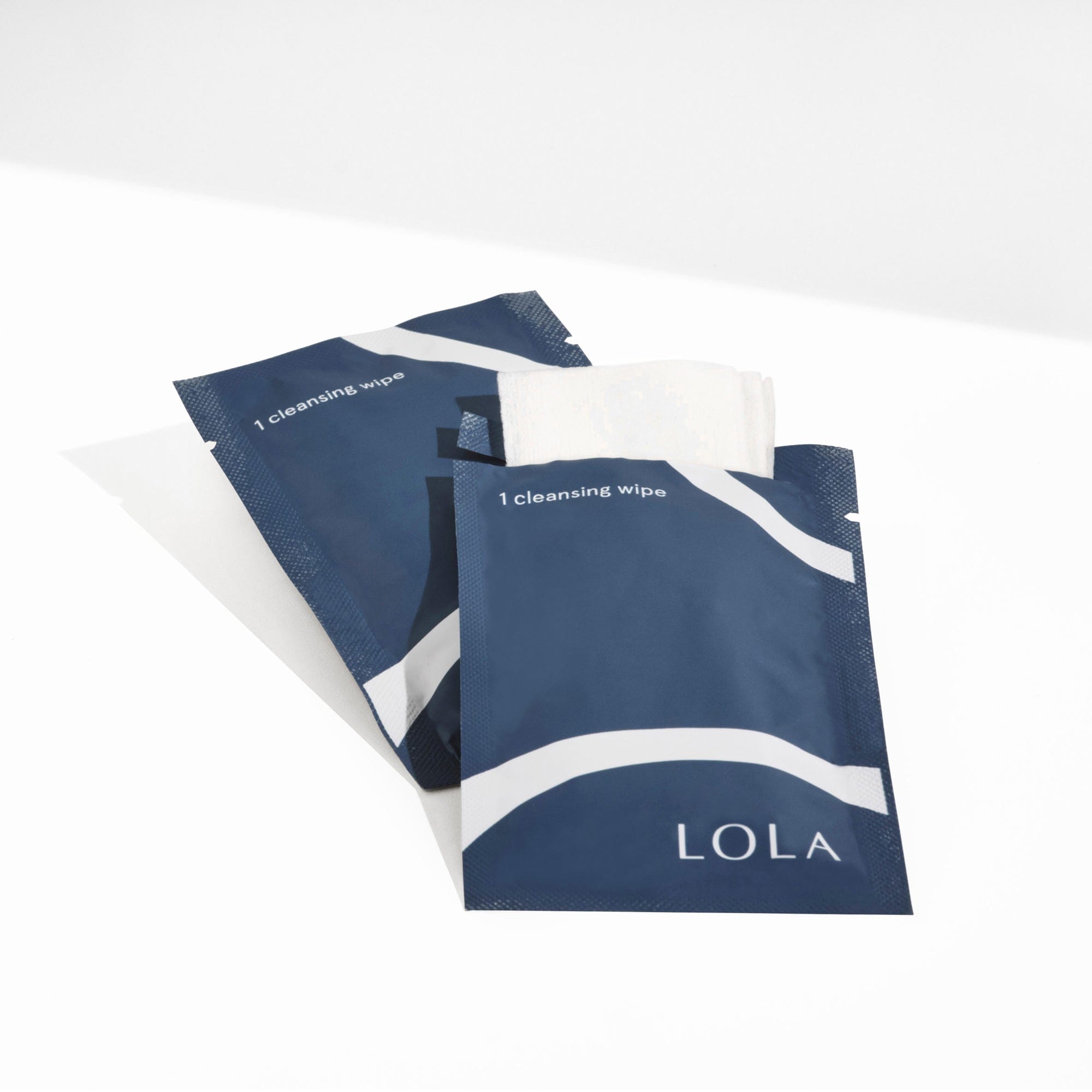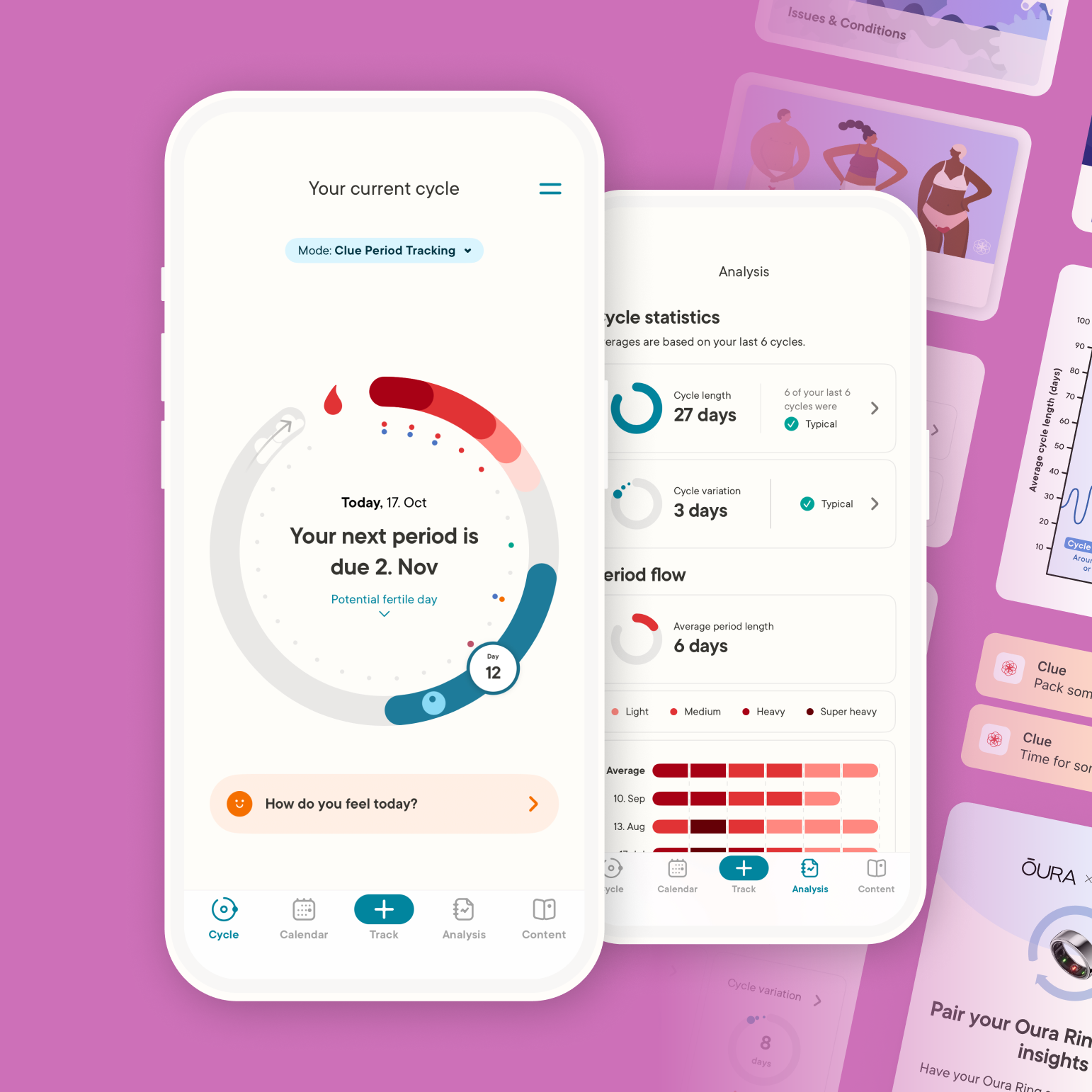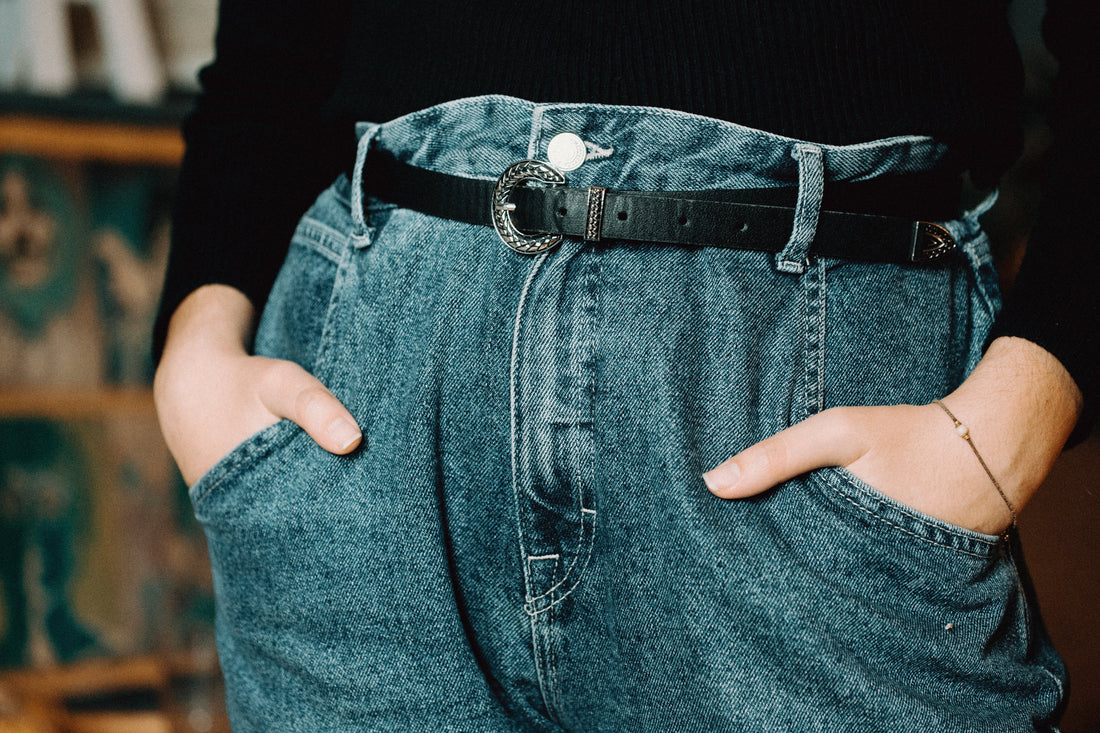Menstrual cups or tampons? They’re both comfortable, easily portable, reliable methods to use on your period. Worn internally, they lack the bulkiness of pads but require a slight learning curve to begin. Once you get the hang of it, and find the size that fits you best and best supports your menstrual flow, tampons and menstrual cups both provide leak-proof period protection you won’t even feel on your most active days. But how do you decide which option to go with?
Menstrual cups cost more upfront, and because they’re reusable, require upkeep. But they’re more eco-friendly and cost-effective over time. Tampons are affordable and conveniently single-use, so you can dispose of them as you go. But you’ll spend more in the long run (while contributing trash to landfills). We’ll look at the key differences between the two so you can determine the best option for you.
Choose LOLA’s clean period products for organic, hypoallergenic protection that’s safe and effective. Shop Organic Period Products
How Does a Menstrual Cup Work?
Menstrual cups are reusable, flexible cups made of hypoallergenic rubber or silicone that you insert into the vagina to capture menstrual blood. They can be worn for up to 12 hours, and can hold up to three times the amount of liquid as a regular tampon. You change your menstrual cup on average 2-4 times a day, and empty and clean it out after each use.
Menstrual cups come in different sizes to accommodate different shapes and menstrual flows. When inserted correctly, you shouldn’t feel the vaginal cup at all, and it will stay in place until you remove it.
While menstrual cups cost between $20 and $40 on average, they can last up to 10 years. Making the investment will save you money in the long run, and you’ll know you’ve made the more eco-friendly choice.
How Do Tampons Work?
Tampons are disposable cotton “plugs” that you insert into the vaginal canal, and work by absorbing your menstrual blood. Tampons have a string at the end for easy removal. Some come with a cardboard or plastic applicator to help with insertion, while others are applicator-free. Like menstrual cups, tampons can take a bit of practice at first, but if inserted correctly, you won’t feel them.
Disposable tampons come in different sizes to suit different flows. On average, women change tampons every 4 to 8 hours. Never wear a tampon longer than 8 hours to protect against the risk of Toxic Shock Syndrome, a rare infection that can occur when bacteria gets into the bloodstream.
Enjoy peace of mind with hypoallergenic, non-toxic organic cotton tampons that protect your body and the environment. Buy Now
With LOLA tampons, your safety comes first. LOLA’s tampons are made with 100% organic cotton, making them comfortable for sensitive skin. They’re also hypoallergenic, free of synthetic fibers, chemical additives, dyes, fragrances, and chlorine bleach. LOLA tampons are compliant with OEKO-TEX STANDARD 100 and GLOBAL ORGANIC TESTING STANDARD, undergoing chemical analyses to insure all period products are completely free of toxic heavy metals, including lead, cadmium, arsenic, mercury, and antimony.
Menstrual Cups vs Tampons: Key Differences
Cost Comparison
Menstrual cups are an initial investment, ranging from $20-$40, according to Healthline, while a tampon package costs $8.29 on average, according to The Wall Street Journal. But while a menstrual cup can last up to 10 years, you have to buy tampons every menstrual cycle for as long as you get your period. On average, women spend $50-$150 per year on pads or tampons. In just ten years time, that could amount to $500 or more in spending, compared to a $20 or $40 one-time cost.
There are ways to save on tampons, though. LOLA offers subscription options that curb costs over time. For example, a delivery subscription of Cardboard Applicator Tampons, 16-count, runs you $8, compared to a one-time price of $9. With a 3-month subscription, you’ll spend $22.50, saving up to 16%.
Choose organic tampons for your period, with a smooth cardboard applicator and free of harmful chemicals and metals. Shop Organic Tampons
Comfort and Usability
Tampons and menstrual cups should both feel comfortable when inserted correctly–but can take some getting used to. Not to worry, we have instructional guides and videos to help you step-by-step.
A few key tips for inserting menstrual cups: Make sure you sterilize the vaginal cup in boiling water for 10 minutes before your first use. Wait until it’s fully cooled, then wash your hands, fold the cup and insert it into your vagina. (Watch our video for different folded cup methods to try.) Release the vaginal cup, allowing it to open up. Then, holding the base of the cup, rotate it 360 degrees to seal in place to prevent leaks. If you’re still nervous, add a panty liner your first few times. When removing it, pinch the base, then gently pull it out. Pour out the menstrual blood into the toilet and then rinse out your cup in the sink, or, in a pinch, use LOLA cleansing wipes. Read more tips in our guide.
With tampons, it can help to stand with your legs apart, with one foot up on the toilet or the shower ledge, and insert the tampon at a 45 degree angle. Try our BPA-free plastic applicator tampons, which are compact and glide in smoothly with no discomfort. For more easy insertion tips, read our guide here.
Choose LOLA’s clean period products for organic, hypoallergenic protection that’s safe and effective. Shop Organic Period Products
Cleaning your menstrual cup after every use can be a bit involved, especially in a public restroom. Some might prefer tampons, which you can simply remove by pulling on the cotton string and discarding in the trash. It comes down to a matter of personal preference.
Sustainability and Environmental Impact
A key distinguishing factor is sustainability. Tampons generate a lot of waste–ending up in landfills by the billions each year. Menstrual cups are reusable, lasting up to ten years before you have to purchase a new one. A 2019 study published in the journal Resources, Conservation, and Recycling found that reusable menstrual cups resulted in less than 1.5% the environmental impact of disposable menstrual products.
For a more eco-friendly disposable option, try LOLA’s 100% organic tampons, cardboard or non-applicator, which are both plastic-free.
Enjoy reliable leak protection with applicator free tampons made from organic cotton and free from harmful chemicals and metals. Shop Applicator Free Tampons
Health and Safety
If users follow good menstrual hygiene, both tampons and menstrual cups should be equally safe and healthy for use. The risk of Toxic Shock Syndrome in tampons can be avoided, by changing tampons every eight hours at minimum. Knowing what’s in your products is key. Using LOLA disposable tampons, which undergo rigorous testing to meet international safety protocols, and are free of chemical additives and toxic contaminants, will keep you safe from any irritation or adverse health effects.
Enjoy peace of mind with hypoallergenic, non-toxic organic cotton tampons that protect your body and the environment. Buy Now
Menstrual cups are made with hypoallergenic materials. Always sterilize your menstrual cup for ten minutes in boiling water before using it for the first time. Wash your hands with soap and water before inserting and removing your menstrual cup. Make sure to remove your cup every 12 hours at minimum, and thoroughly empty and rinse it before reuse to keep it clean and bacteria-safe.
How to Decide Between Menstrual Cups and Tampons
Periods are different for everyone, and deciding which product to use always comes down to personal preference. Menstrual cups are a popular tampon alternative for someone who prioritizes sustainability and frugality, and doesn’t mind putting in the work of cleaning and caring for a reusable product. On the other hand, tampons provide an ease of use and on-the-go convenience that might appeal to someone who doesn’t have time for the upkeep.
Choose LOLA for Your Period Products
When it comes to deciding the period product that’s right for you, there’s no wrong answer. Menstrual cups and tampons both provide comfortable, long-lasting leak-proof protection. But vaginal cups have a higher upfront cost and commitment to care, while disposable tampons are single-use but add up over time. A reusable cup will certainly limit your environmental impact compared to tampons. There are pros and cons to both.
Know that LOLA always prioritizes your health and safety. Our 100% organic cotton tampons help cut down on waste, and are skin-safe. They’re hypoallergenic, free of synthetic fibers, chemical additives, dyes, fragrances, and chlorine bleach. LOLA tampons are compliant with OEKO-TEX STANDARD 100 and GLOBAL ORGANIC TESTING STANDARD, undergoing chemical analyses to insure all period products are completely free of toxic heavy metals, including lead, cadmium, arsenic, mercury, and antimony. Because you deserve to feel good about what you’re putting in your body.
We also want the process of getting your period products to be easy, convenient, and cost-effective. We offer customizable subscription models that deliver essentials to your door, on a schedule that works for you. Our subscriptions offer cost savings over time so you get what you need at a better value.
Choose LOLA’s clean period products for organic, hypoallergenic protection that’s safe and effective. Shop Organic Period Products
Frequently Asked Questions
Do gynecologists recommend menstrual cups?
Yes, gynecologists generally recommend menstrual cups because they are safe, comfortable, and eco-friendly.
Do menstrual cups hurt less than tampons?
Yes, menstrual cups can be more comfortable than tampons for many people. Menstrual cups can also cause less irritation and dryness than tampons. However, some people may experience discomfort when using a menstrual cup.
Choose LOLA’s clean period products for organic, hypoallergenic protection that’s safe and effective. Shop Organic Period Products
